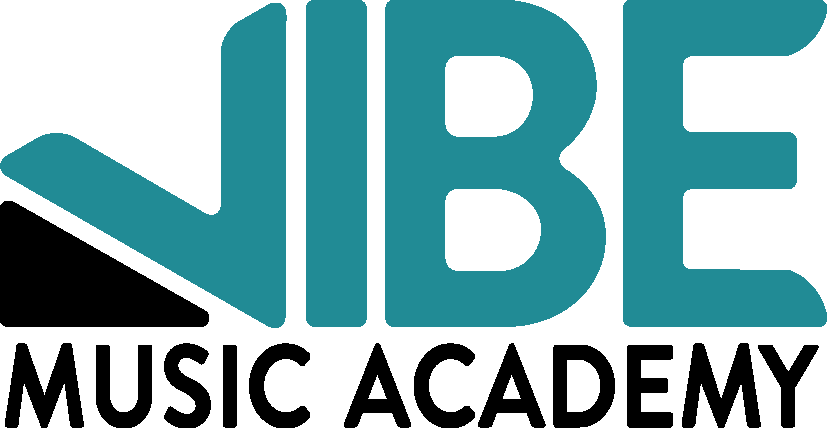In the music world of string playing and teaching, you can’t go very far without hearing about the Suzuki Method. Countless professional musicians, including Hilary Hahn and Joshua Bell, began their studies with the Suzuki method. So what is it that makes it different from traditional teaching methods?
History
Dr. Shinichi Suzuki developed his teaching method from the realization that music could be taught in the same way as a child learns to speak his native tongue. His vision went far beyond just teaching children to play an instrument well; he sought to develop the whole child.
“My heart brims over with a desire to help make all the children born upon this earth fine human beings, happy people, people of superior ability. My whole life and energies [are] devoted to this end. This is because of my discovery that every child, without exception, is born with this possibility.”
Pedagogy
What did he do to accomplish this task? Here are a few of his key points. He started children as young as possible. Formal training often began at age 3. However, the principles of the method work well with any age. He required his students to listen to recordings of the music they would be learning – every day. His method encouraged a positive learning environment at the lesson with the teacher, and at home with the parent, coaching the young child. Repetition of tiny steps toward playing well were utilized. Reading music was delayed until solid technique was in place. Standard repertoire that was learned and memorized by all, was consistently reviewed. Recitals and group lessons could include all levels of skills. Students would play through the repertoire they knew and listen to what they would be playing later on.
The Method in Practice
How do I incorporate these ideas in my studio? I never stop learning how to teach! I study each student to ascertain how they learn best, and what is the next tiny step forward for them. Positive and encouraging words are my goal. There is always something that is good about their playing or interpretation, and it needs to be reinforced. Listening, listening, listening - they need to know the music inside and out. I want them to listen to, not only their Suzuki music CD, but also to live music, YouTube, or CD’s from the library. I am constantly recommending music for them to check out. Repetition and review - once is NEVER enough. Diligent and daily practice is a must, even if some days are very short on the practice time. Dr. Suzuki always quoted “Only practice on the days that you eat.” Standard Suzuki repertoire is the music core and other styles are added to fit the student. Plenty of scales, etudes, and technique books, etc., are included as their skills continue to grow.
The Suzuki method will look a bit different in every studio. My goal is to develop each student to their highest potential to learn, for them to discover the incredible blessings of music, and the skills to create music for a lifetime.
- Marilyn Watkins, Music Instructor at Vibe Music Academy.


